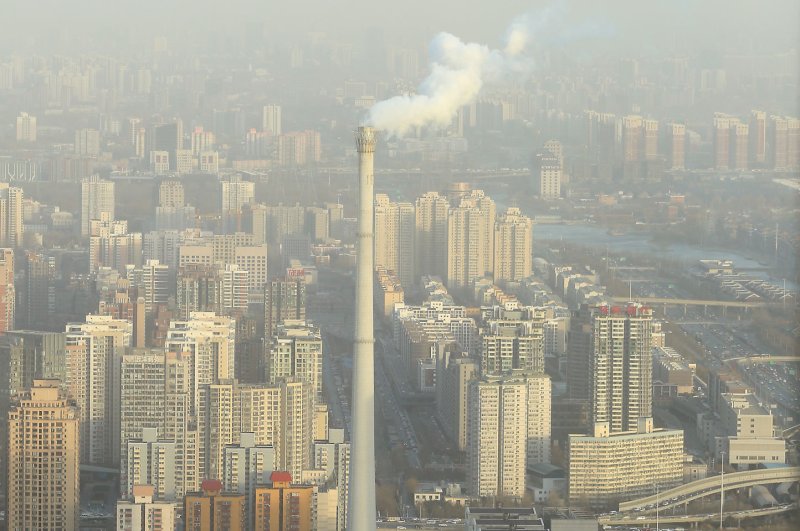DENVER, March 23 (UPI) -- New research suggests a pair of air pollutants linked with global warming may bolster the potency of airborne allergens. As higher temperatures become the norm, so might runny noses and itchy eyes.
Researchers have previously theorized that climate change could heighten the strength of allergens. But the new study, for the first time, highlights the chemical mechanism that scientists believe are making allergens more prevalent and powerful.















